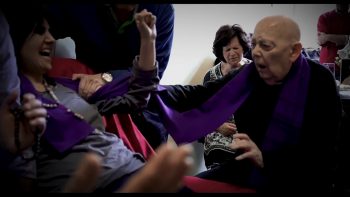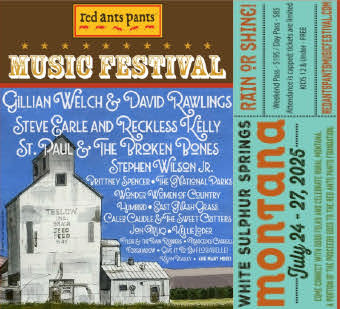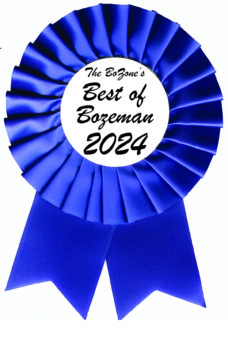
“The Devil and Father Amorth” is a Documentary About the Devil by an Erstwhile Genius
by Joseph Shelton
There’s a thin line between the genre of horror movies and actual fear. Thin, but palpable. Because watching a movie about a scary thing — say, an exorcism — may inspire something LIKE fear, but different. Its the same way that watching a romantic-comedy doesn’t make you actually feel amour. At worst, the most a movie like “The Exorcist”, probably one of the three or four greatest horror films of the past fifty years, can provoke, fear-wise, is the dread of seeing something shocking or unpleasant, or of restless dreams that night.
William Friedkin, who directed “The Exorcist” 45 years ago this year, returns this year with a new documentary whose centerpiece presumes to be the footage of a real-life exorcism performed by a 91-year old Italian priest named Father Amorth. The only thing scary about this “real life” story is how uninteresting it is.
But, unlike “The Exorcist”, a movie which after seeing you want a shower because you feel drenched in unholy puke, which is terrifying enough to strip paint off of the wall from six feet, “The Devil and Father Amorth” is, well, not scary at all.
Setting aside the issue of whether Father Amorth, a beloved figure in his native Italy, is for real or not and assume instead that he is honest, and that the exorcism shown in the film is in fact a genuine scene of cosmic, metaphysical battle. Then, compared to 1973 horror film’s presentation of similar material, the exorcism in “The Devil and Father Amorth” is banal, quotidian, even laughable — and it doesn’t help at all that Friedkin has used cheap sound effects to alter the exorcisee’s voice to make it sound more like a cheesy B movie approximation of a demonic timbre. For one, the scene goes on for about 15 minutes. I dare anyone to watch the whole scene without starting to scroll through their cell phone about halfway through. Then there’s the fact that the possessed woman looks very much like she’s acting, and not well.
But then, part of the problem may be that audiences have been trained, since 1973, to recognize an exorcism by cinematic signs: twisted limbs, revolving body parts, pestilential miasmas, so on. It may well be that all “real life” exorcisms, no matter their validity, are as vaguely embarrassing as the one portrayed here. In which case “The Devil and Father Amorth” would still be a relatively lackluster documentary because its director, once capable of masterpieces, hasn’t put a lot of effort into it. So take your pick: the film is bad, and its subject matter highly suspect, or else the subject matter is deadly serious, and the film is still bad.







